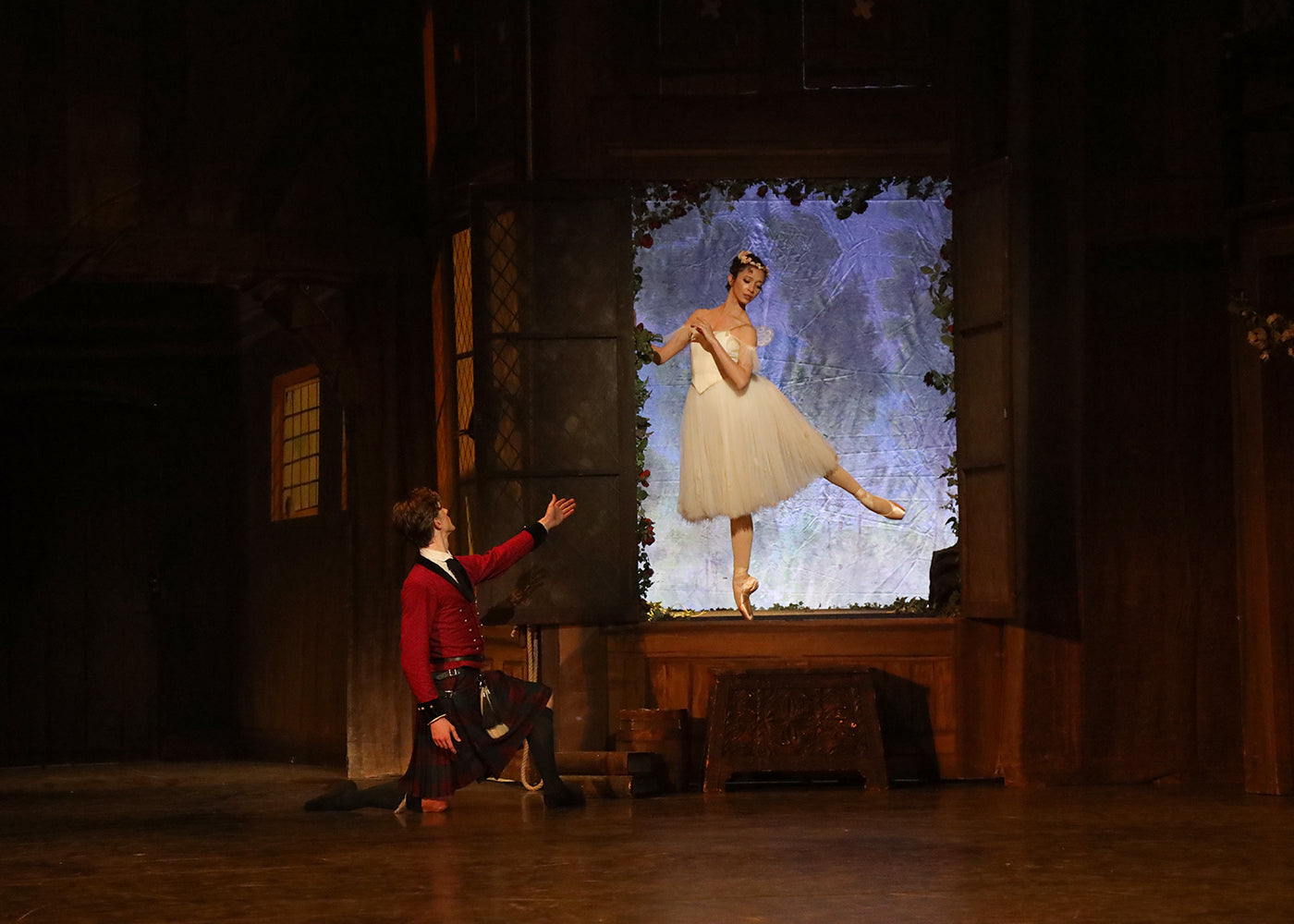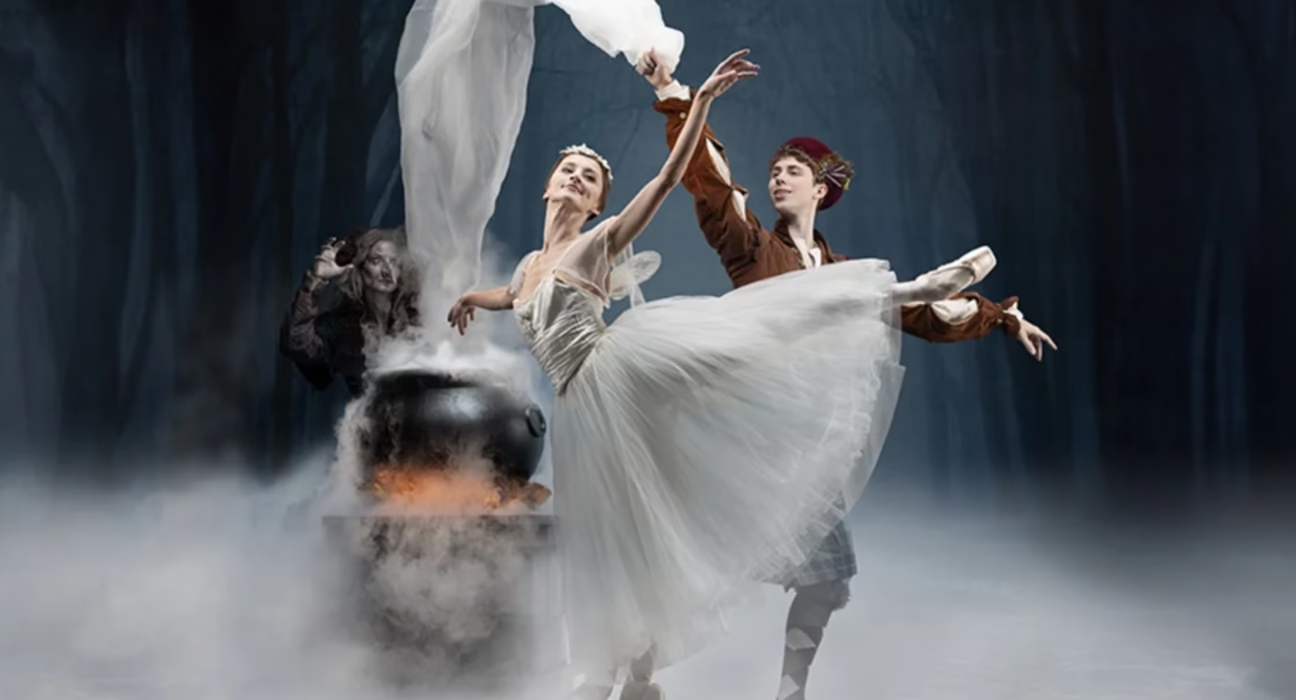La sylphide is a timeless classic that captivates audiences with its ethereal storytelling and enchanting choreography. This beloved ballet, first performed in the 19th century, dives into themes of love, longing, and the supernatural, making it a significant piece in the realm of dance. Through its delicate movements and emotive scenes, La sylphide captures the essence of romance and fantasy, ushering spectators into a world where dreams intertwine with reality.
The Historical Context of La Sylphide
Understanding the origins of La sylphide requires delving into the historical landscape of ballet during the early 19th century. This period was characterized by the emergence of Romanticism in the arts, where artists sought to express intense emotions and connect with nature and the supernatural.
The Birth of Romantic Ballet

Romantic ballet emerged as a response to the rigid structures of classical ballet, placing emphasis on emotional expression through movement. It introduced themes surrounding nature, folklore, and the mystical, often featuring ethereal beings such as sylphs, nymphs, and spirits, reflecting the Romantic fascination with the sublime.
La sylphide exemplifies this shift by focusing on the tragic love story between a mortal man and a supernatural creature. Revered as a classic, it symbolizes the transition from classical ballet to Romantic ballet. Its intricate choreography, emotive storytelling, and the introduction of supernatural elements have cemented it as a pivotal work in the history of dance.
La Sylphide’s First Performance
La sylphide premiered in Paris in 1832, choreographed by Filippo Taglioni and performed by his daughter, Marie Taglioni, in the lead role of the Sylph. This performance marked a significant moment in ballet history, as it showcased the delicate technique and expressive quality of romantic dancers.
Marie Taglioni’s portrayal of the Sylph became legendary, symbolizing an idealized feminine figure defined by grace and beauty. Her performance not only entranced audiences at the time but also set new standards for female dancers in the genre.
Influence on Later Ballets
The impact of La sylphide extended beyond its initial performance; it influenced future works and dance styles significantly. The elements introduced in La sylphide—such as the use of pointe shoes and the portrayal of supernatural entities—have been echoed in many subsequent ballets.
Choreographers like Marius Petipa and August Bournonville drew inspiration from La sylphide, incorporating its themes and style into their masterpieces. The ballet has become an essential part of the repertoire for ballet companies worldwide, continuously captivating new generations of audiences.
The Storyline and Themes of La Sylphide
At the heart of La sylphide lies a poignant narrative that explores themes of desire, obsession, and the clash between the earthly and the ethereal.
A Summary of the Plot

Set in Scotland, La sylphide unfolds the tale of James, a young man who is about to marry Effie, a beautiful village girl. On the morning of his wedding, James encounters a captivating sylph, a magical creature representing freedom and unattainable beauty.
As he becomes enchanted by her elusive nature, a battle ensues between his feelings for the Sylph and his obligation to Effie. The story takes a tragic turn when James tries to capture the Sylph, ultimately leading to heartache and loss. This conflict highlights the struggle between earthly desires and the yearning for something beyond the tangible world.
Elements of Romanticism in the Narrative
La sylphide vividly embodies the principles of Romanticism, showcasing the tension between man’s desires and the consequences of chasing unattainable dreams. The Sylph represents an idealized version of love—one that cannot be fully grasped or understood.
James’s pursuit of the Sylph reflects humanity’s eternal quest for understanding and connection, yet it ultimately reveals the futility of attempting to possess what is ephemeral. The ballet masterfully illustrates how these pursuits can lead to despair, mirroring the broader narrative of human existence.
Love Versus Obligation
One of the central conflicts in La sylphide is the juxtaposition of love and social obligation. James is expected to marry Effie, whose steadfast loyalty embodies traditional values. However, it is the allure of the Sylph and the freedom she represents that distracts him from his commitments.
This internal struggle showcases the complexities of love and relationships, inviting viewers to reflect on their personal experiences regarding passion, responsibility, and sacrifice. The ballet invites contemplation about whether one should pursue fleeting desires at the expense of established relationships.
The Choreography and Music of La Sylphide
The artistry of La sylphide is brought to life through its mesmerizing choreography and evocative score. The seamless integration of movement and music creates a captivating viewing experience that resonates deeply with audiences.
The Dance Language of La Sylphide
Choreographed by Filippo Taglioni, the dance language of La sylphide is characterized by its lyrical quality and fluidity. The choreography emphasizes lightness and grace, reflecting the ethereal nature of the Sylph and the romantic themes present throughout the narrative.
Dancers often perform in soft, flowing costumes, enhancing the dreamlike atmosphere. The use of pointe work allows the dancers to appear as though they are floating—a perfect embodiment of the Sylph’s otherworldly essence.
The choreography balances technical skill with expressive movement, allowing dancers to convey deep emotions that complement the storyline. The physicality of the dance serves to heighten the drama and poignancy of the characters’ journeys.
The Musical Score
The music of La sylphide plays a crucial role in establishing the ballet’s emotional landscape. Composed by Jean Schneitzhoeffer, the score features melodies that evoke both the haunting beauty of the Sylph and the sorrow of James’s unfulfilled desires.
The orchestration blends elements of the Romantic style, creating rich harmonic textures that enhance the narrative’s emotional depth. Each musical phrase complements the choreography, guiding the audience through moments of joy, longing, and tragedy.
The Role of Costume Design

Costumes in La sylphide are integral to the ballet’s overall aesthetic. For the character of the Sylph, delicate fabrics and flowing skirts create an illusion of weightlessness, emphasizing her ethereal nature.
In contrast, the human characters wear traditional Scottish attire, grounding them in reality and societal expectations. James and the other villagers are dressed in kilts and tartan-patterned garments, visually reinforcing their connection to Scottish heritage and the structured life they are expected to follow. Effie’s modest dress further reflects the stability and duty associated with her role. This visual contrast reinforces the thematic dichotomy present in the story, making the performances even more impactful.
The Legacy of La Sylphide in Contemporary Ballet
La sylphide continues to hold a prominent place in the world of ballet today, inspiring countless adaptations and reinterpretations while remaining true to its roots.
Modern Interpretations
Contemporary choreographers have experimented with La sylphide, offering fresh perspectives on its themes and motifs. While some opt to remain faithful to the original choreography, others infuse modern techniques and concepts to redefine the ballet for today’s audiences.
These interpretations often emphasize the emotional struggles of the characters in new ways, bridging the gap between past and present while resonating with contemporary issues of identity and desire.
Global Impact
La sylphide is performed by ballet companies around the world, showcasing its universal themes and timeless appeal. Its ability to transcend cultural boundaries demonstrates the power of dance as a form of storytelling that can resonate with people irrespective of background or era.
The ballet’s influence extends beyond traditional settings, as various art forms—such as film, theater, and literature—continue to draw inspiration from its narrative and themes. This enduring legacy speaks to the relevance of La sylphide in today’s artistic landscape.
Educational Significance
La sylphide serves as a vital educational tool within the ballet community. It exposes dancers to the nuances of Romantic ballet, nurturing a deeper appreciation of the art form’s evolution.
Through studying La sylphide, aspiring dancers learn the importance of expressing emotion through movement, honing their craft while connecting with the rich history of ballet. This educational aspect helps to ensure that the essence of La sylphide remains alive for future generations.
Conclusion

La sylphide remains a mesmerizing and significant work within the ballet canon, representing the intersection of emotion, fantasy, and artistry. Its exploration of love and longing, combined with enchanting choreography and music, invites audiences into an ethereal world that transcends time. As we continue to witness reinterpretations and performances across the globe, the legacy of La sylphide endures, reminding us of the profound connections between art, human experience, and the mysteries of the heart.
✉️ Stay Connected — Subscribe for Weekly Updates
Discover timeless stories, practical wisdom, and beautiful culture — delivered straight to your inbox.
*We only share valuable insights — no spam, ever.







Prostokva__aymi
Tháng 2 17, 2025Hello! I hope you’re having a great day. Good luck 🙂
John Son
Tháng 2 17, 2025thank you so much!